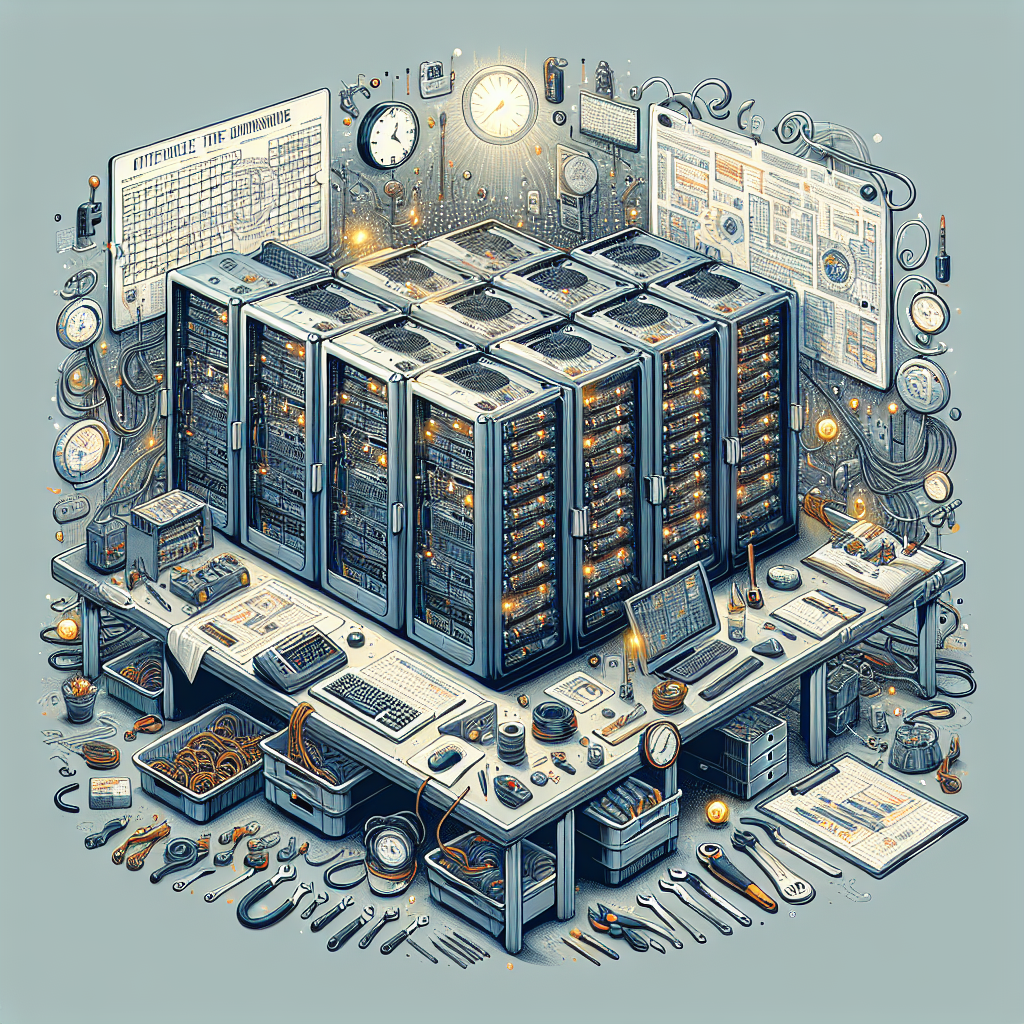Data centers are the backbone of modern businesses, housing the critical infrastructure that supports the digital operations of organizations. As such, it is crucial for businesses to carefully plan and maintain their data centers throughout their lifecycle to ensure optimal performance and reliability. Here are some key considerations for data center lifecycle planning and maintenance.
1. Scalability: One of the most important factors to consider when planning a data center is scalability. Businesses should anticipate future growth and ensure that the data center is designed to accommodate increasing demands for storage, computing power, and network connectivity. This may involve deploying modular infrastructure that can easily be expanded as needed, or investing in cloud-based services that can scale automatically.
2. Energy efficiency: Data centers are notorious for their high energy consumption, so it is essential to design and maintain a facility that is energy-efficient. This can be achieved through the use of energy-efficient hardware, such as servers and cooling systems, as well as implementing best practices for data center design, such as hot aisle/cold aisle containment and airflow management.
3. Redundancy and resiliency: Downtime can be costly for businesses, so it is important to build redundancy and resiliency into the data center design. This may involve implementing backup power supplies, such as uninterruptible power supplies (UPS) and generators, as well as redundant network connections and storage systems to ensure continuous operation in the event of a hardware failure or power outage.
4. Security: Data centers store sensitive and valuable information, so it is essential to implement robust security measures to protect against unauthorized access and cyber threats. This may include physical security measures, such as access control systems and surveillance cameras, as well as cybersecurity measures, such as firewalls, encryption, and intrusion detection systems.
5. Regular maintenance: Regular maintenance is essential to ensure the optimal performance and reliability of a data center. This may involve conducting routine inspections, cleaning and replacing filters in cooling systems, testing backup power supplies, and updating software and firmware to address security vulnerabilities. It is also important to keep detailed records of maintenance activities and equipment warranties to ensure compliance with manufacturer recommendations.
In conclusion, data center lifecycle planning and maintenance are essential for businesses to ensure the optimal performance and reliability of their critical infrastructure. By considering factors such as scalability, energy efficiency, redundancy and resiliency, security, and regular maintenance, businesses can build and maintain a data center that meets their current and future needs.


Leave a Reply